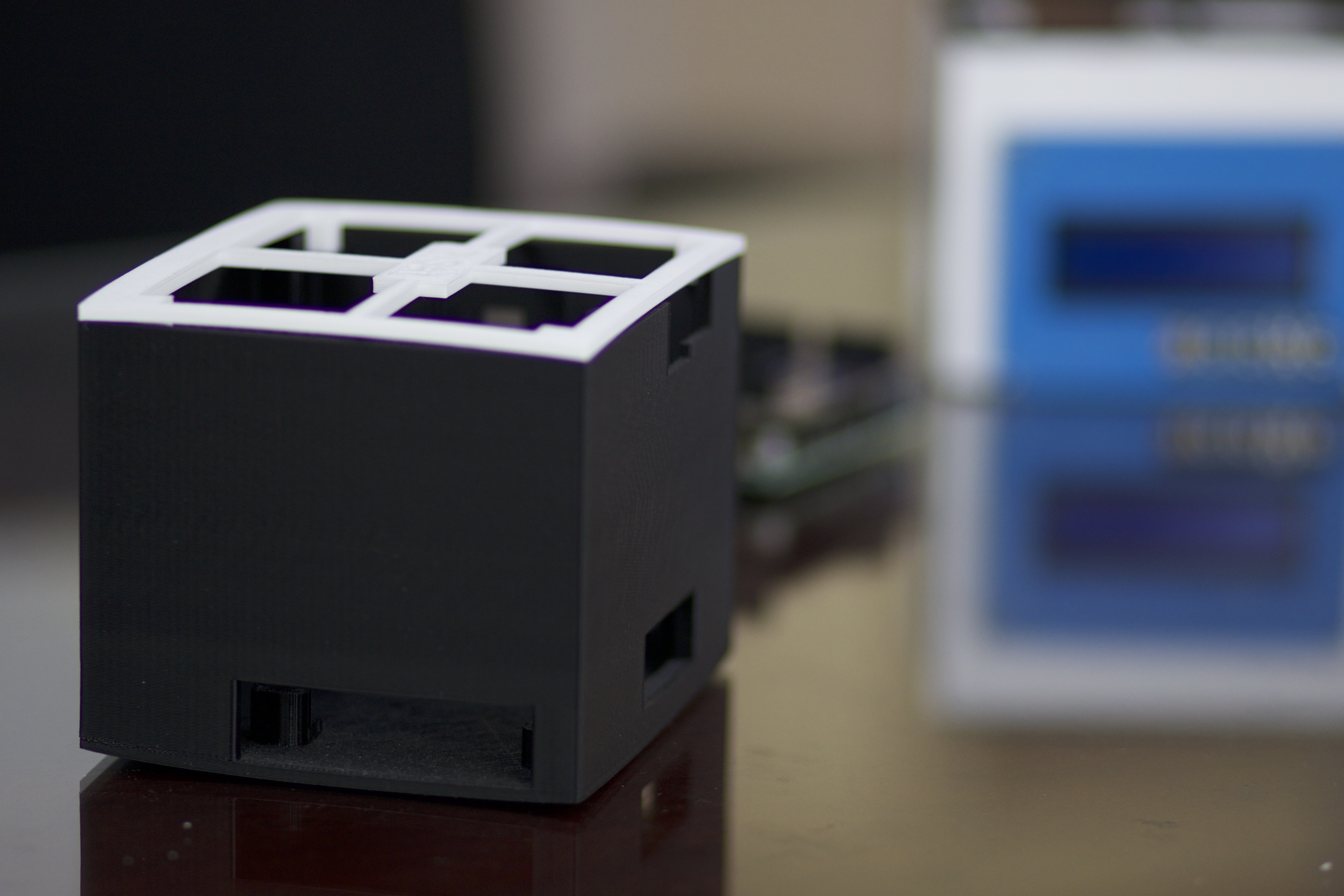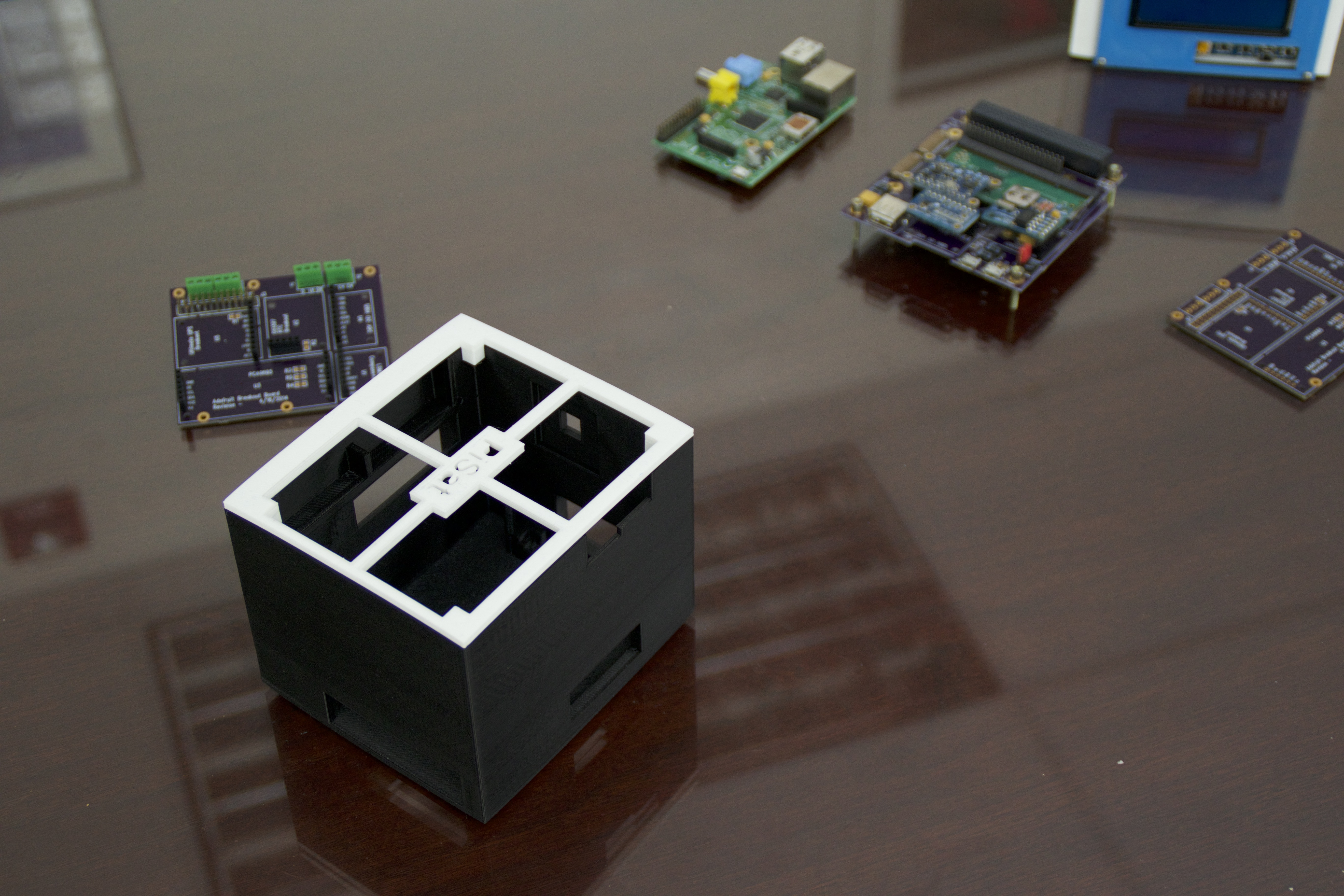Celebrate Pi Day with NASA’s Goddard Space Flight Center small satellite, named appropriately for the day, Pi-Sat! The primary goal for the project is to create a low-cost and easy-to-use test bed to facilitate research and development of the next generation Distributed Spacecraft Missions (DSM).


Technology from Pi-Sat and Core Flight Software (CFS) are being used at the collegiate level for research and CubeSat mission project. Students from Capital Technology University used Pi-Sat technology and Rasberry-Pi software for their latest CubeSat project, so we conducted a few interviews to see how they utilized the technology, what some of their goals are, and how NASA can help. Here’s what faculty mentor, Dr. Sandy Antunes, and Master of Science in Astronautical Engineering student and research associate, Ryan Schrenk had to say about Pi-Sat!
Interviewer: “How did you first learn about our CubeSat technology, specifically Pi-Sat?”
Ryan (Student): After flying the standard Raspberry-Pi CFS on a High Alltitude Balloon (HAB) launch, our then faculty advisor and mentor Dr. Antunes informed us of Pi-Sat, we then began researching its use. Soon after, Mr. Cudmore and Mr. McComas visited our school and provided us a thorough demo of the Pi-Sat. We then had enough information to begin researching implementing a Pi-Sat Board on our upcoming CubeSat mission.
Dr. Antunes (Faculty Mentor): “I saw Alan Cudmore’s PiSat work at an IRAD event and it aligned with our work, then students were interested in interning with NASA/GSFC’s Flight Software Systems group and working with Core Flight Software (CFS), and we realized NASA was ahead of us in this area in new, open source ways.”
Interviewer: “What are some of your goals with your CubeSat project and how has our technology helped?”
Ryan (Student): “We intend to advance the study of micro-debris and particle collection utilizing aerogel as a medium for collection. We also intend to begin debris/particle mapping and advancing atmospheric particle collection methods.
By utilizing the Pi-Sat board we are able to spend more time focusing on the science and engineering of the satellite. Thanks to the open source nature of the CFS, and the heritage of the Pi-Sat board we are more confident it will function as designed. This is a huge advantage as many University cube-sat missions fail. By eliminating the key failure points on a mission you drastically increase the odds of success and Pi-Sat has done that for us.
Dr. Antunes (Faculty Mentor): “Our students have presented on how CubeSats can be used for real science, such as Ryan Schrenk’s measuring of orbital debris and interplanetary particles using aerogel. So the opening of NASA technology lets students move past ‘is it possible’, and instead focus on critical thinking as to what payloads will they fly to achieve worthwhile research goals.”
Interviewer: “Do you have any future plans to pursue CubeSat technology and if so, what are they?”
Ryan (Student): We hope to have consecutive CubeSat missions starting with CACTUS-1 and evolving and maturing through each cadre of students that join the mission. l hope to get the opportunity to help other universities or schools to develop their first CubeSat mission. It is great getting to see young space focused Engineers get their first chance to put their own work in space. There is something very gratifying knowing you are inspiring the next group of pioneering engineers, and the Pi-Sat provides a stable platform to design your mission on.
Dr. Antunes (Faculty Mentor): “We call it “Cactus-I” for that reason– that it is the first in our nascent CubeSat program, where each will build on the previous. As an undergraduate teaching institution, all our research is student-conceived and student-led, so the payload choices will be up to the next cadre of students– which is very exciting for us faculty!”
Interviewer: “What other technologies would you like to learn about from NASA?”
Ryan (Student): particularly on the CACTUS-1 mission and around the campus at Capitol, micro propulsion seems to be the most exciting and interesting technology that may revolutionize capabilities with CubeSats. If we could learn one thing that would really be game changing it would be a reliable stable micro propulsion system. This would allow our mission to guide satellites towards the debris we desire or any other target a scientist is trying to intercept or see.
Dr. Antunes (Faculty mentor): “Everything. So many of our students dream of working with NASA, and CubeSats are a great opportunity for them to start this while still undergraduates. The skills then transfer into the careers they wish to do.”
Special thanks to Dr. Antunes and Ryan Schmrenk for their participation, and to Alan Cudmore for his participation in preparing Pi-Sat content for this article.
